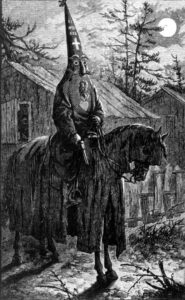
The Perils of Pardoning: Ulysses S. Grant and the Legacy of the Ku Klux Klan Pardons
Toward the end of his first term President Ulysses S. Grant faced a dilemma. He had campaigned on the slogan “Let Us Have Peace,” yet extralegal violence by the Ku Klux Klan was threatening peace in the South. On April 20, 1871, Congress passed the Ku-Klux Act to combat that ...
Read More
Read More
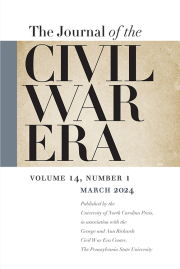
Previewing the March 2024 JCWE
Questions of slavery, freedom, and violence are at the heart of this journal issue. For decades, historians have described how enslaved people during the Civil War saw new possibilities for escape with the presence of US military forces nearby, and how profoundly their actions shaped the course of the war ...
Read More
Read More
Beyond the Book Review: A Conversation with Chad Pearson
Editor's Note: This is the first in a series of recorded interviews between the JCWE book review editor and the authors of the works reviewed in the journal. ****** Those who study the Civil War and Reconstruction are all too familiar with acts of terror, especially those committed by white ...
Read More
Read More
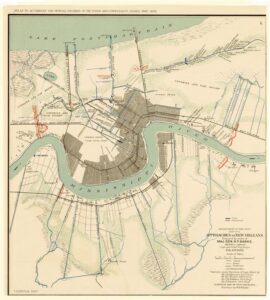
Haunted Former Safe Havens of Reconstruction
I had had enough of ghost stories as the author of a book about the Colfax Massacre. I had discovered the awkwardness of being a white woman who became the expert on the suffering of Black people. And while no one had told me it was not right, I came ...
Read More
Read More
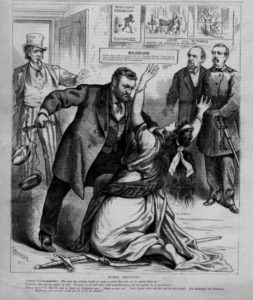
Grant’s Mixed Legacy
Books can have an impact. Readers without patience to wade through all 1,074 pages of Ron Chernow’s frequently cited biography are told in the introduction that Ulysses S. Grant was “the single most important figure behind Reconstruction” and that the “imperishable story of Grant’s presidency was his campaign to crush ...
Read More
Read More

Ground Zero: The Gettysburg National Military Park, July 4, 2020
Seven score and seventeen years after the roar of Union artillery and Confederate rifle fire fell silent on the Gettysburg battlegrounds, Adams County endured another invasion. This one, on July 4, 2020, brought a Civil War-sized company of right-wing extremists, some heavily armed, onto the nation’s most hallowed ground in ...
Read More
Read More

Author Interview: Bradley Proctor
Today we share an interview with Bradley Proctor, who published an article in our September 2018 issue, “‘The K.K. Alphabet’: Secret Communication and Coordination of the Reconstruction-era Ku Klux Klan in the Carolinas.” Bradley Proctor is a member of the faculty at the Evergreen State College in Olympia, Washington. Originally ...
Read More
Read More
Editor’s Note: September 2018 Issue
The September issue of The Journal of the Civil War Era will soon be arriving in your mailboxes. For a preview of the excellent work within its pages, see our editor's note reprinted below. This volume combines exciting new work in the military history of the Civil War with essays ...
Read More
Read More
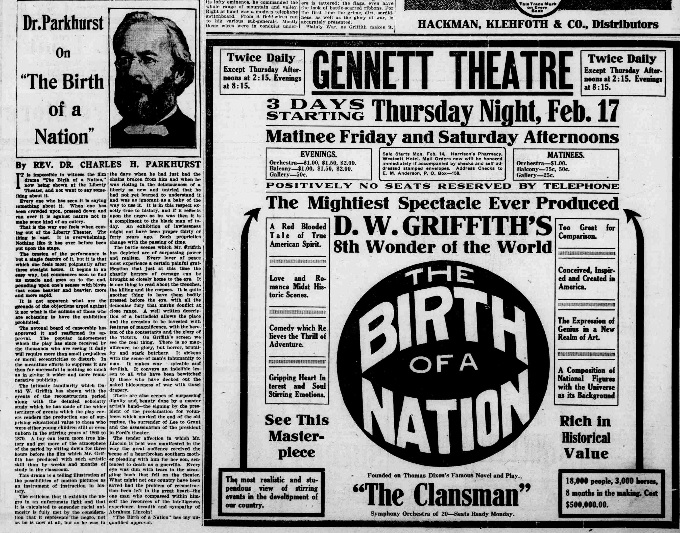
Outrageous Inaccuracies: The Grand Army of the Republic Protests The Birth of a Nation
When the motion picture film The Birth of a Nation was released in 1915, most veterans of the American Civil War were in their seventies and eighties. Membership in the Grand Army of the Republic (GAR)—the largest fraternal organization of Union veterans in the country—had declined by that time to ...
Read More
Read More
